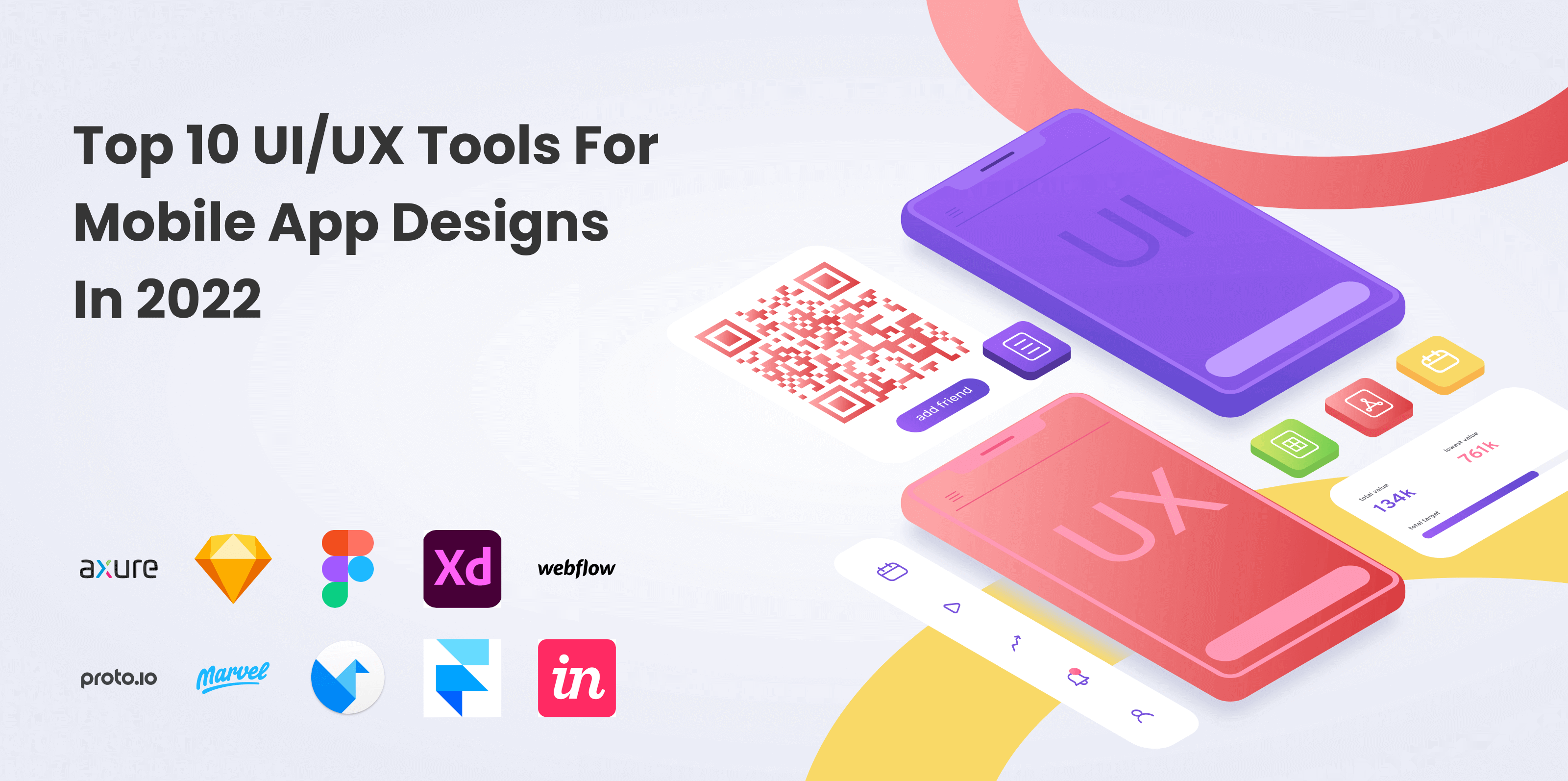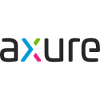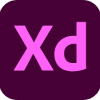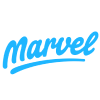
A mobile app that stands out from the crowd in the marketplace should always possess the best and beautiful UI/UX. Mobile phones are known to create improved user experiences (UX) compared to desktop computers. With the advancement of mobile and related technologies, people expect to spend less and manage to get more done with no problems. UI/UX design for your mobile application becomes even more critical in that context. It is primarily because of mobile applications that people prefer mobile devices over desktop computers.
A small idea about UI and UX
UI Design tools make it possible for designers to create high-quality wireframes, prototypes, and mockups and render minimally viable products. In a sense, they are the nuts and bolts of a design. These components express the functionality of a design. Design tools centered around UX focus on how the content will be experienced by the end-user. In addition to charting out the information architecture, these tools can also help a user understand how to navigate through the experience. The UX tools help a designer make sense of how content and organization will affect the user experience, so they are more conceptual in nature.
Let’s get familiar with some UI/UX tools
1. Axure

Axure helps with prototyping and workflow management. You can document in real-time using the easy-to-use interface. The app produces detailed prototypes due to its high fidelity. In addition to prototyping and UI design features, Axure offers many other features. It allows for testing functionalities and simplifies the developer handoff. With Axure, everyone on a project is kept up to date with progress as it happens and changes as they come up in real-time, helping it stand out from the crowd as a UI design tool.
2. Sketch

Sketch is one of the most popular and most used UI/UX design tools. The ability to make universal changes is the feature that keeps Sketch standing out from the crowd. Designers can quickly deliver consistent prototypes because their corporate library of symbols, layer styles, and text styles, as well as its resizing and alignment features, can save your time. These features reduce the burden on designers, allowing them to focus on their creative process. Furthermore, there is no shortage of third-party plugins that can be used with Sketch.
3. Figma

With Figma, designers can create dynamic prototypes and mockups, test them for usability, and keep track of their progress. As in Google Docs, Figma offers a collaborative environment where multiple people can work on the same project at the same time – giving you a real-time view of who is working on the project. It will show you what each person is doing and who is working. Also, since it’s browser-based, everyone can access it immediately. Moreover, it’s free to use for individuals, so you can try it out and get a feel for what it’s all about.
4. Adobe XD

This user experience design tool is vector-based and can be used to make web apps and mobile apps. For previewing work immediately on mobile devices, there are versions for Windows, macOS, iOS, and Android. Its functions range from voice design to responsive resize to producing repeating grids, prototypes, and animation. Adobe XD provides instructional videos, live broadcasts, and articles to help users practise the tool with the least amount of effort.
5. Webflow

With Webflow, you don’t have to know HTML or CSS to design. With Webflow you can build anything you can imagine with drag and drop functionality and an intuitive interface. You can create a prototype with Webflow and generate accurate HTML and CSS code, or JavaScript when implementing micro-interactions. This saves you time. If you don’t want to start from scratch, you can also use a template.
6. Proto.io

This is a UI designing tool that does not require any coding. It has several updates and proto.io version 6 is the latest one launched in 2016. This has been developed to prototype on mobile devices. An entirely new interface has been designed, making it easier for users to access the most commonly used tools. Furthermore, animations can now be replayed directly within the editor, which simplifies the motion design process. A new Interaction Wizard and Interaction Design Patterns made adding and editing interactions easier. A single-click sharing and exporting option appears in this release as well.
7. Marvel

You don’t have to be an expert designer to use Marvel‘s design platform. This tool gives UI designers everything they need with the capability to create both low and high-fidelity wireframes, interactive prototypes, and user testing – all in an intuitive interface. It lets designers create prototypes for any digital platform. Handoff is a tool provided by marvel that gives all the HTML code and CSS styles to the developers. The advantages of Marvel include ease of use, compatibility, backup, and a lot more. Even though it is user-friendly, it is a bit expensive as well.
8. Origami Studio

Origami Studio offers a lot to people who need more advanced prototyping tools as part of their design process. Designers have the opportunity to integrate advanced functionality using a sophisticated patch editor, allowing them to build complete prototypes. As a result, prototypes look and work like a real app or webpage. Sketch and Origami Studio work well together. When you use Sketch in parallel, you can easily import layers, copy and paste them without any issues.
9. Framer X

This is a UI design tool prototyping applications and testing their usability. The ability to work with React makes it a great choice for UI designers who like to keep up with the latest web design trends. There are a variety of plugins in FramerX‘s store that provide UI designers with tools such as UI kits to integrate social media platforms such as Snapchat and Twitter, players to embed media, and other simple components that can be easily integrated. it is an easy-to-learn tool for interface design.
10. InVision studio

InVision gives you convenience and simplicity as you begin your journey into UX design. Although there are tools with a broader range of features, beginners may not necessarily need them. The easy-to-use UI of InVision makes it easy for users to navigate and communicate with each other. Developers can share their design work as they make it, receive feedback, and document changes along the way. One of the most useful features of InVision is the digital whiteboard, which allows members to share ideas, interact, and get approval for moving forward.
Wrapping up,
Now designing a seamless user experience and interactive UI is no longer a challenge by the arrival of these tools. Meanwhile, it’s up to us to choose the best solution from among the many alternatives available. To select the right ones from a wide array is always a task. But if we are aware of the features of each one, it would be easy for you. Since mobile applications are quite common, people always go for the ones with a pleasing user interface and experience. Hence it is your responsibility to develop your app in such a fashion.
Here at Sigosoft, you can develop mobile apps with an appealing UI/UX.